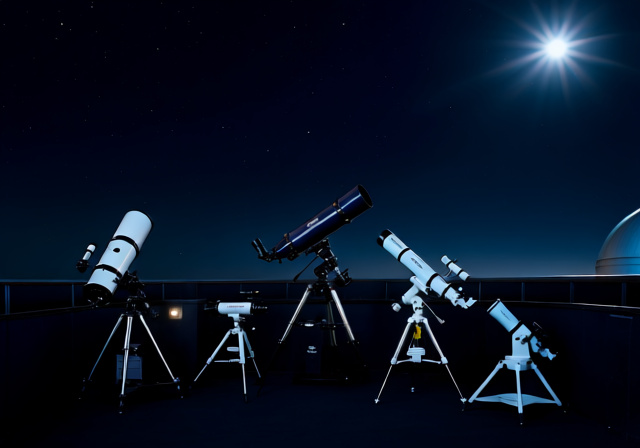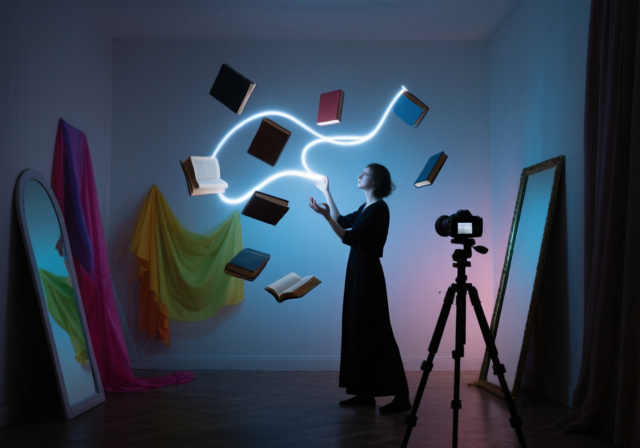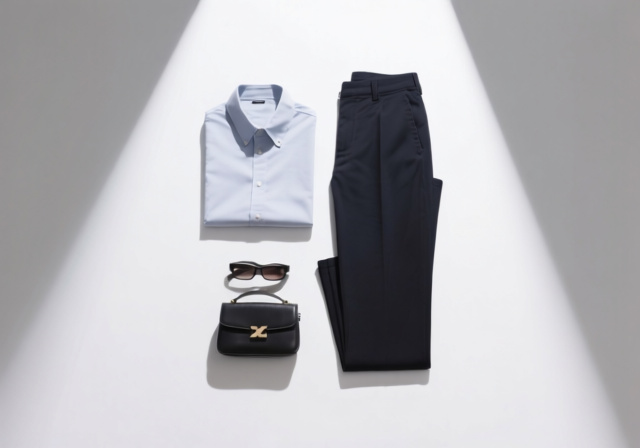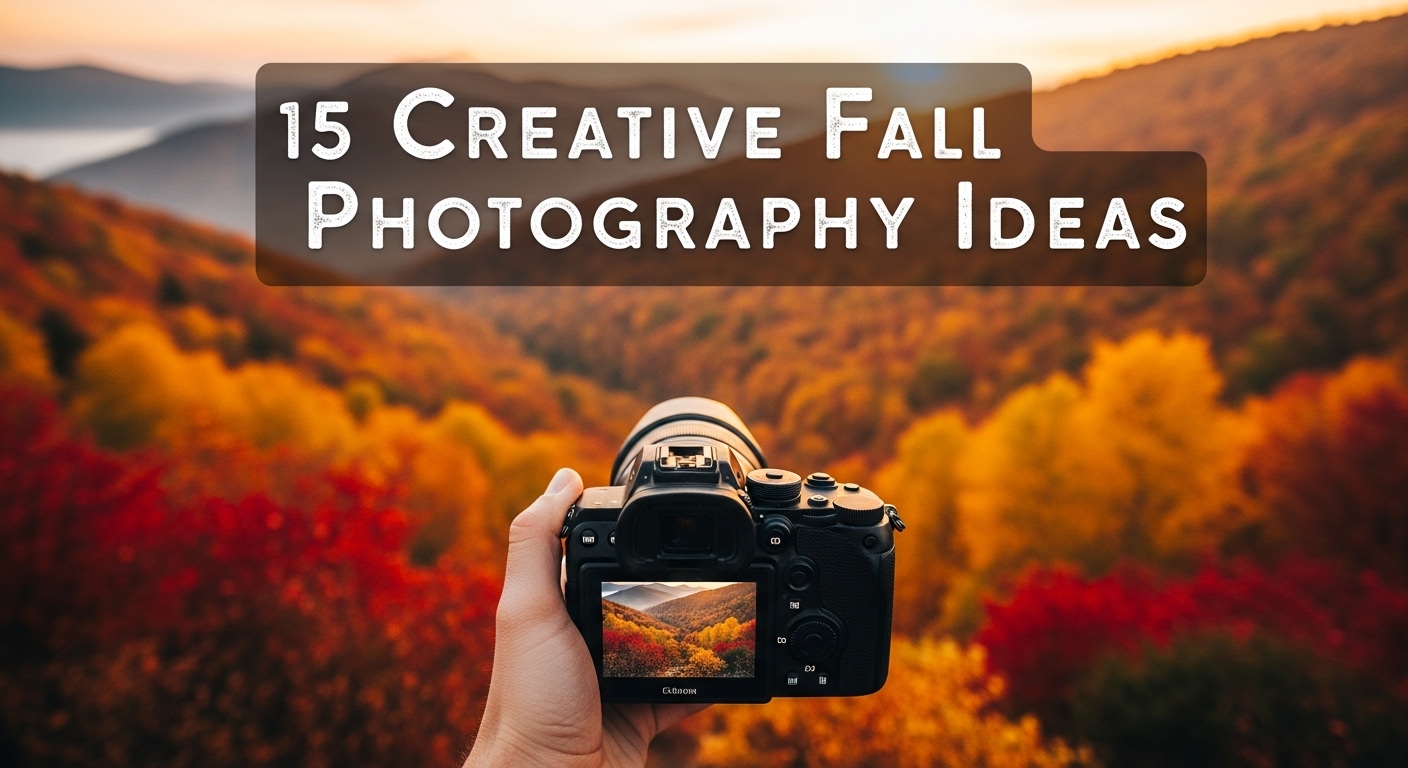

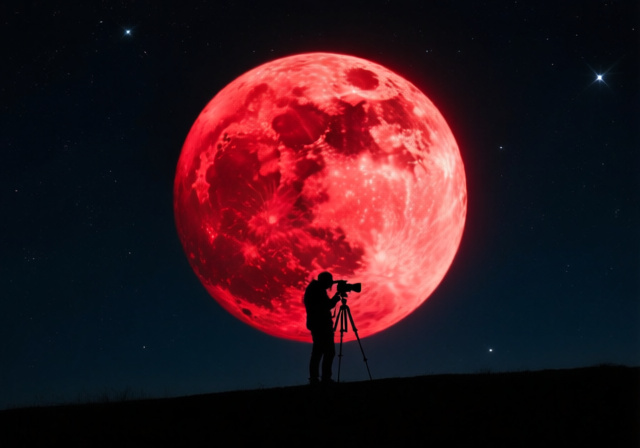

As photographers and astronomy enthusiasts at RevellPhotography, we’ve witnessed countless celestial events over the years. Lunar eclipses never fail to captivate both beginners and seasoned observers. One question we hear repeatedly during eclipse season: “Can you look at a lunar eclipse?” The answer is reassuringly simple, and understanding the science behind it will help you fully enjoy these spectacular events.
Yes, you can safely look at a lunar eclipse with your naked eye – no special glasses or equipment required. Unlike solar eclipses that demand strict eye protection, lunar eclipses pose no risk to your vision. In fact, they’re completely safe to view directly, through binoculars, or with a telescope.
After photographing over 20 lunar eclipses across different continents, I’ve seen people hesitate unnecessarily, often confusing lunar eclipse safety with solar eclipse precautions. This comprehensive guide will clear up all confusion and help you prepare for the next lunar eclipse with confidence.
Looking at a lunar eclipse is 100% safe for your eyes. You won’t experience any pain, discomfort, or vision damage from viewing a lunar eclipse, regardless of how long you watch. The Moon during an eclipse is simply reflecting sunlight that has been filtered through Earth’s atmosphere – making it dimmer than a full moon, not brighter.
The light from a lunar eclipse is approximately 100,000 times less intense than direct sunlight. Think of it this way: if the full Moon is safe to look at (which it is), then a lunar eclipse is even safer because Earth’s shadow makes the Moon appear darker during the event.
Lunar Eclipse: A celestial event where Earth passes between the Sun and Moon, casting Earth’s shadow on the Moon’s surface.
I’ve spent entire nights photographing lunar eclipses, sometimes 4-5 hours continuously, with zero eye discomfort. Many professional astronomers and photographers regularly observe lunar eclipses without any protection, and there are zero documented cases of eye damage from viewing a lunar eclipse in medical history.
The science behind lunar eclipse safety is straightforward. During a lunar eclipse, you’re looking at the Moon, not the Sun. The Moon acts as a giant natural reflector, bouncing sunlight toward Earth. But crucially, this light has already been filtered through two stages:
First, sunlight travels from the Sun to the Moon (about 93 million miles). Second, the reflected light travels from the Moon to your eyes (about 239,000 miles). This double journey significantly reduces the light intensity. During an eclipse, Earth’s shadow further reduces the brightness, making it even safer to observe.
The atmospheric scattering that creates the dramatic “blood moon” effect also acts as a natural filter. Earth’s atmosphere blocks harmful UV and infrared radiation while allowing red wavelengths to pass through and illuminate the Moon. This natural protection means you’re viewing light that’s already been made safe by our planet’s atmosphere.
From a photography perspective, I’ve measured lunar eclipses at various brightness levels. Even at its brightest, a lunar eclipse requires longer exposure times than a regular full Moon – proof that the light reaching your eyes is significantly less intense.
Understanding why lunar eclipses are safe while solar eclipses are dangerous comes down to basic physics. With a solar eclipse, you’re looking directly at the Sun (or partially at the Sun), which can cause permanent retinal damage in seconds. The Sun’s intensity is about 400,000 times brighter than the full Moon.
| Feature | Lunar Eclipse | Solar Eclipse |
|---|---|---|
| Eye Safety | Completely safe | Dangerous without protection |
| Required Equipment | None (optional telescope/binoculars) | Solar filters or eclipse glasses |
| Viewing Duration | Unlimited | Limited, even with protection |
| Light Source | Reflected sunlight | Direct sunlight |
The danger with solar eclipses comes from UV and infrared radiation that can literally cook your retina without you feeling pain. Your eye’s lens focuses this intense light onto a tiny spot on your retina, causing permanent damage before you can blink. A lunar eclipse involves no such risk – you’re looking at reflected light that’s already been made safe by distance and atmospheric filtering.
Many people confuse the two because both are called “eclipses.” This confusion leads to unnecessary fear about lunar eclipse viewing. At RevellPhotography workshops, we always emphasize this distinction to help beginners feel confident about observing lunar events.
Preparing for lunar eclipse viewing is straightforward, but a few steps will enhance your experience. Based on my years of eclipse photography, here’s what works best:
Capturing a lunar eclipse is incredibly rewarding, and it’s one of my favorite astrophotography subjects. Unlike many celestial events, lunar eclipses are bright enough for most cameras, yet dramatic enough to create stunning images.
For lunar eclipse photography, I recommend starting with these settings: ISO 400-800, aperture f/8-f/11, and shutter speeds between 1/125s (partial phases) to 2-4 seconds (totality). During totality, increase ISO to 1600+ and use longer exposures – the blood moon is much dimmer than a regular full moon.
A tripod is non-negotiable for sharp eclipse photos. I use a sturdy carbon fiber tripod that resists wind and vibrations. For lenses, a 200mm minimum is recommended, but 400mm+ will reveal impressive crater detail even during eclipse phases.
Pro tip: Use manual focus and magnify live view to achieve sharp focus on the lunar edge. The Moon’s contrast makes autofocus unreliable, especially during partial phases when the shadow creates varying light levels across the surface.
For more detailed night sky photography techniques, check our comprehensive guide covering everything from star trails to deep sky imaging.
While you don’t need any equipment to safely enjoy a lunar eclipse, some tools can enhance your viewing experience. Here’s what I recommend based on testing various options:
Binoculars are my top recommendation for beginners. A pair of 7×50 or 10×50 binoculars provides impressive detail without the complexity of a telescope setup. They’re lightweight, easy to aim, and show the Moon’s features beautifully during all eclipse phases.
For those wanting more magnification, budget telescopes for moon viewing work wonderfully. Even a 60mm refractor telescope will reveal stunning crater detail and make the shadow progression dramatic. Look for telescopes with stable mounts – shaky views ruin the experience.
When choosing between binoculars vs telescopes for moon viewing, consider your priorities. Binoculars offer wider fields and spontaneous viewing, while telescopes provide higher magnification for detailed observation.
Enhance your view with lunar telescope filters. A neutral density filter reduces glare during partial phases, while a moon filter improves contrast during totality. These accessories are especially helpful for photography.
For serious observers, choosing the right telescope type matters. The reflector vs refractor telescope debate comes down to portability vs aperture. Refractors offer sharp images with minimal maintenance, perfect for lunar work. Reflectors provide larger apertures for the same price, gathering more light for detailed viewing.
Brand-wise, the Orion vs Celestron comparison shows both make excellent lunar telescopes. Orion’s Dobsonians offer tremendous value for aperture, while Celestron’s refractors provide premium optical quality for detailed lunar work.
Specific recommendations include the Celestron SkyMaster 25×70 binoculars – their combination of magnification and light gathering brings lunar details into stunning view during eclipses. For telescope users, quality Barlow lenses can double your magnification for even more dramatic crater views.
Mark your calendars for these upcoming lunar eclipses. Each offers unique viewing opportunities:
Remember that lunar eclipses occur in patterns – typically about 2-4 per year somewhere on Earth. While not all are total eclipses visible from your location, the patterns are predictable years in advance.
Nothing harmful happens when looking at a lunar eclipse. You’ll see Earth’s shadow gradually covering the Moon, potentially turning it a dramatic red color during totality. The view is completely safe and won’t cause any eye discomfort or vision changes.
Yes, you can safely view a lunar eclipse through a telescope or binoculars without any filters. In fact, telescopes enhance the experience by revealing detailed crater features and making the shadow progression more dramatic. No special eye protection is needed.
No special glasses or eye protection are needed for lunar eclipses. Unlike solar eclipses where certified solar glasses are essential, lunar eclipses are safe to view with the naked eye. Save the eclipse glasses for solar events – they’re unnecessary and will only make the dark moon harder to see.
Lunar eclipses are safe because you’re looking at reflected sunlight from the Moon, which is much dimmer than direct sunlight. During a solar eclipse, you risk looking directly at the Sun, which can cause permanent retinal damage in seconds. The light intensity difference is about 400,000 times between the Sun and Moon.
Yes, lunar eclipses are completely safe for children of all ages. In fact, they make excellent educational opportunities for families. Kids can watch the entire event without any eye protection, making lunar eclipses perfect first astronomy experiences for young observers.
The blood moon during a total lunar eclipse is not dangerous at all. The red color is caused by Earth’s atmosphere filtering blue light and allowing red wavelengths to illuminate the Moon. This filtered light is even safer to look at than regular moonlight, being significantly dimmer than a typical full moon.
Lunar eclipses rank among nature’s most accessible and safe astronomical wonders. Unlike many celestial events that require special equipment or travel, lunar eclipses are visible to anyone with a clear view of the night sky. Their complete safety removes barriers that make solar eclipse viewing stressful.
At RevellPhotography, we’ve taught hundreds of beginners to confidently observe and photograph lunar eclipses. The universal response is amazement – not just at the celestial spectacle, but at how easy and safe the experience is. Children can watch entire eclipses without risk, making these events perfect family astronomy activities.
The next lunar eclipse offers you a chance to witness Earth’s shadow painting our satellite in dramatic colors. Pack some warm clothing, perhaps a pair of binoculars if you have them, and enjoy one of astronomy’s safest and most beautiful phenomena. Your eyes will thank you – not with pain or damage, but with memories of watching the Moon transform before your eyes.


